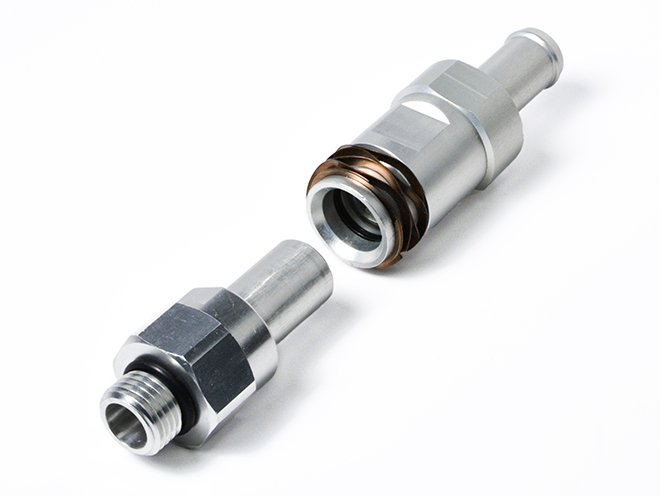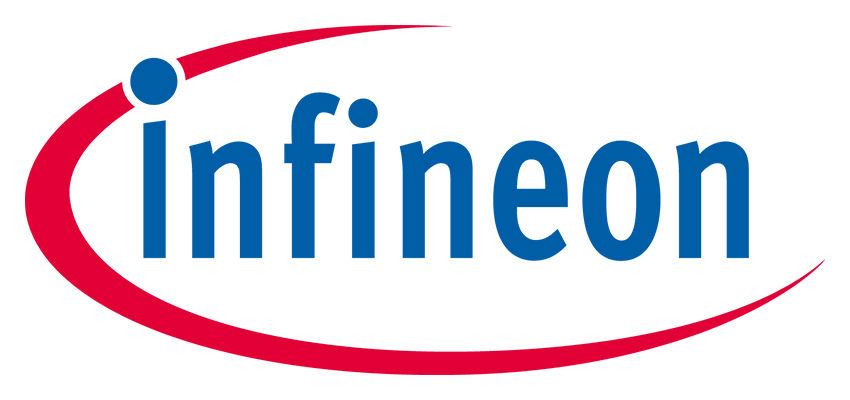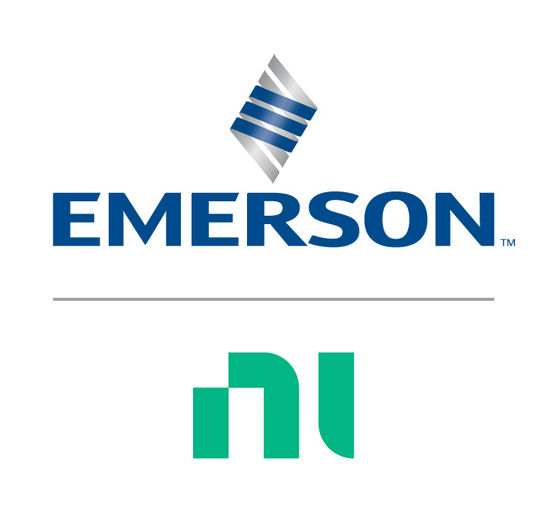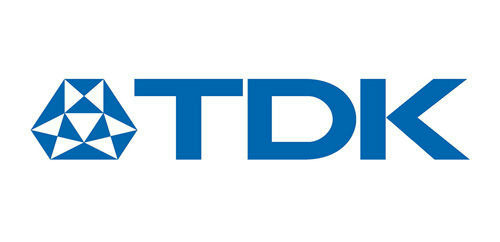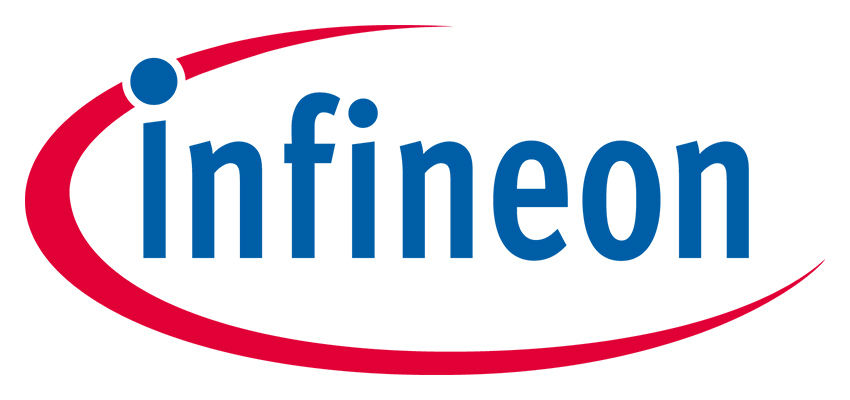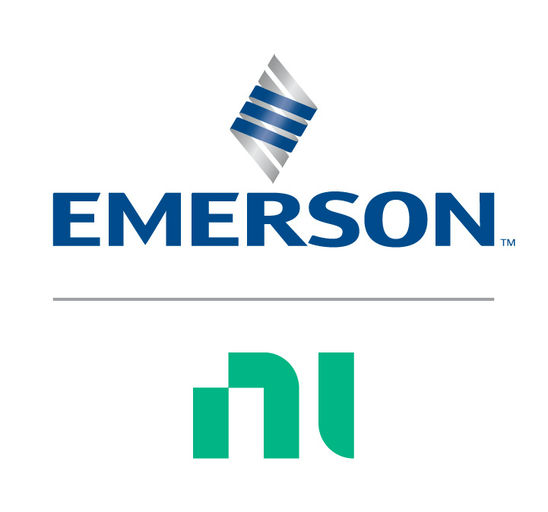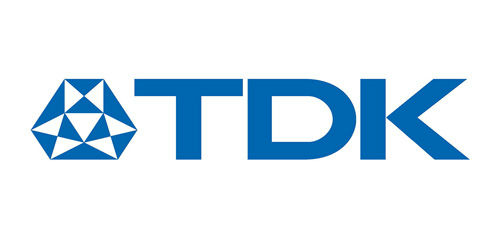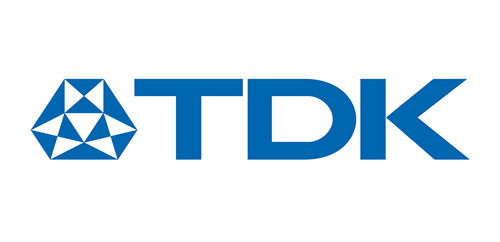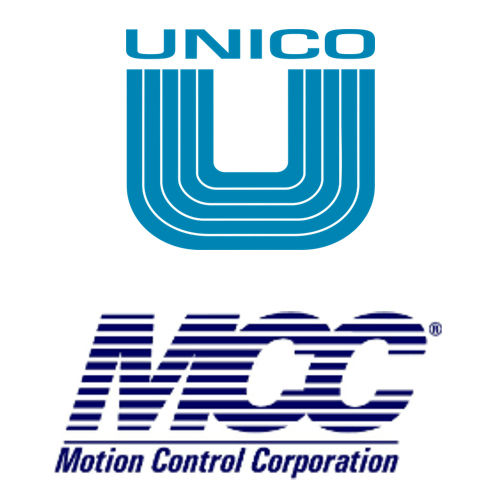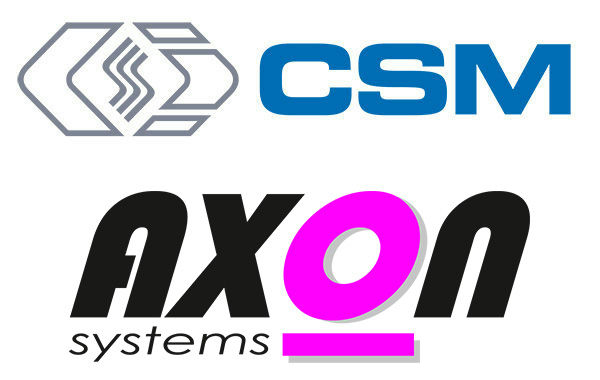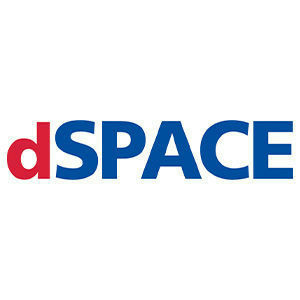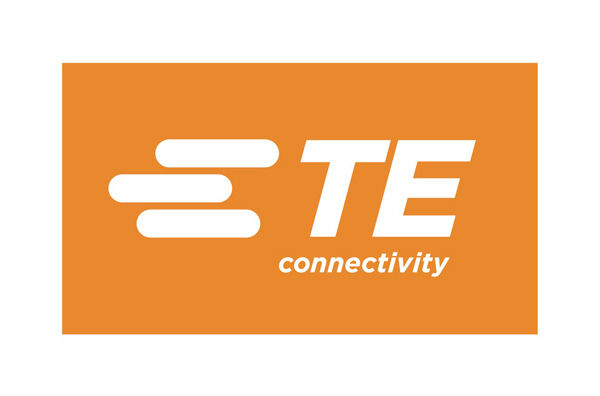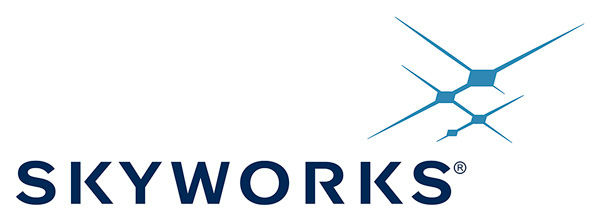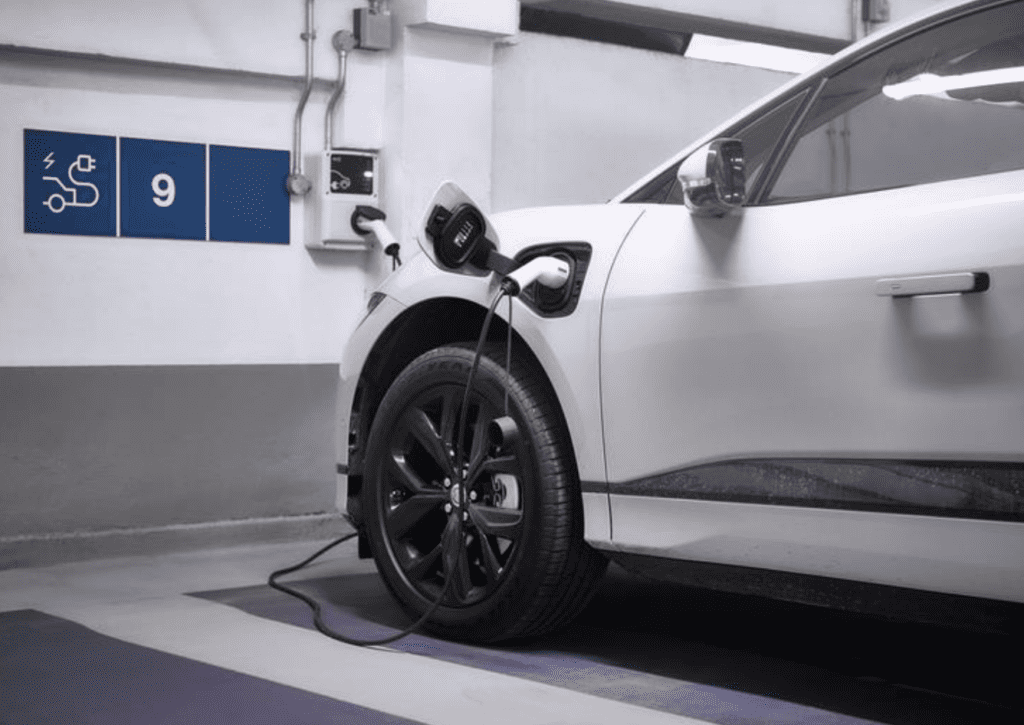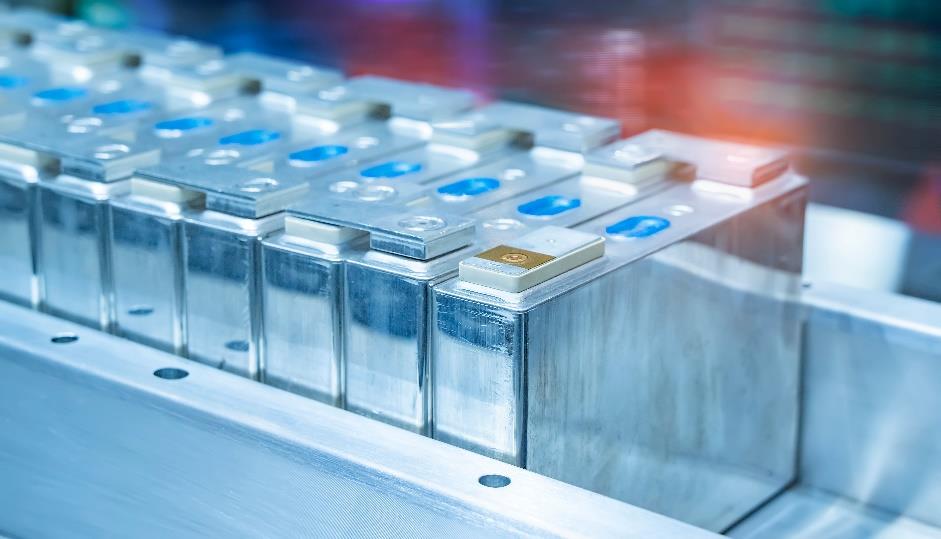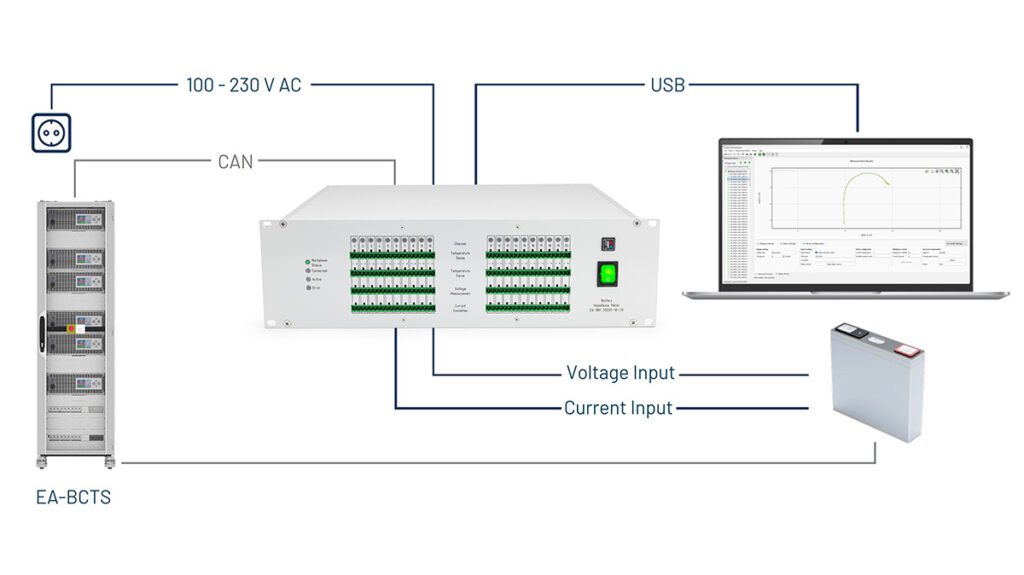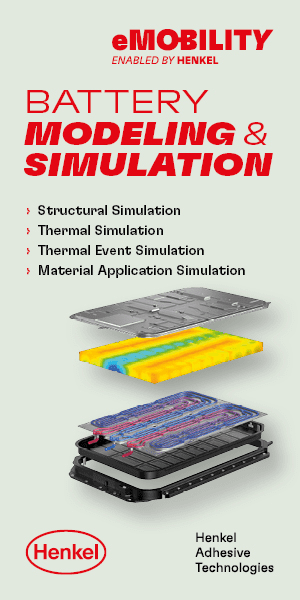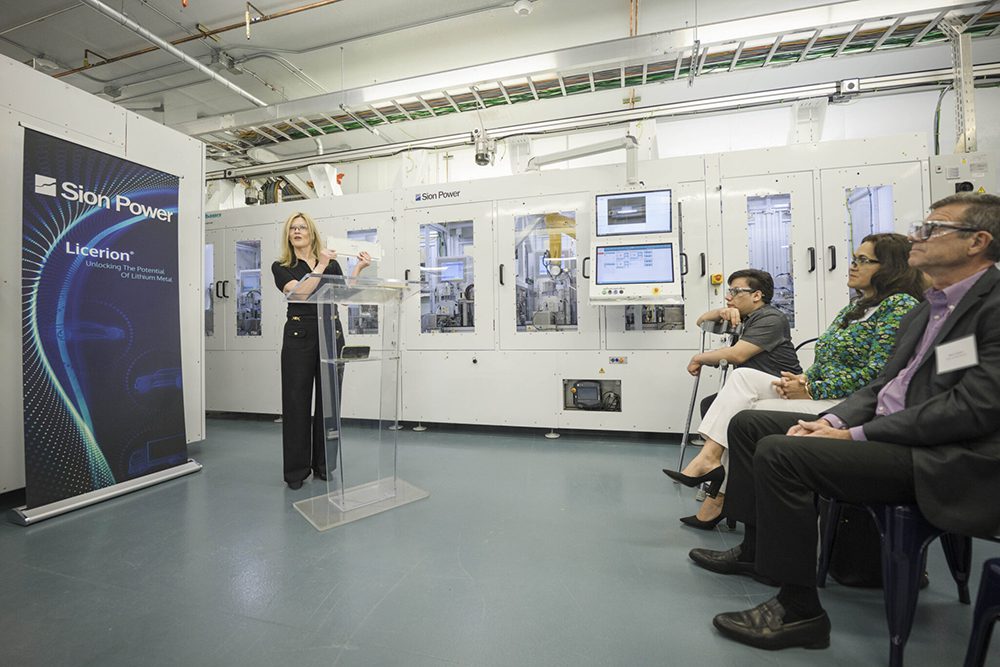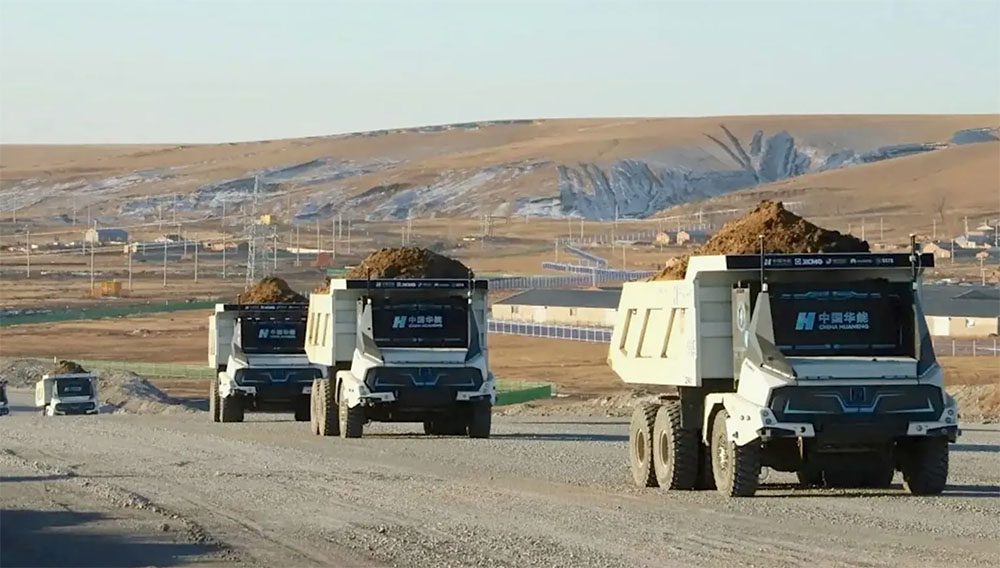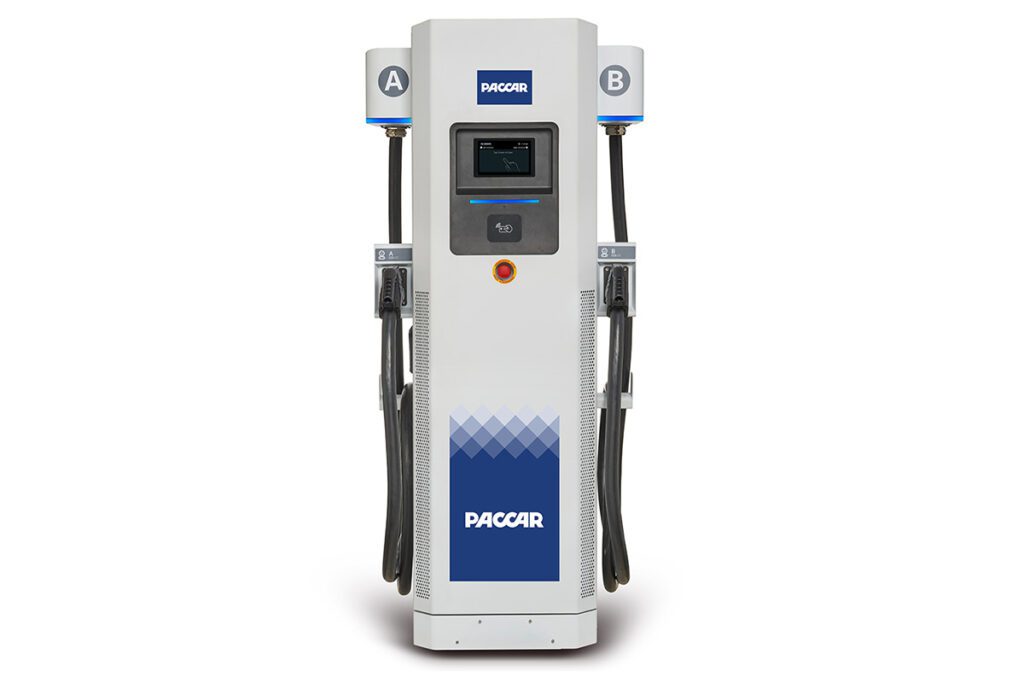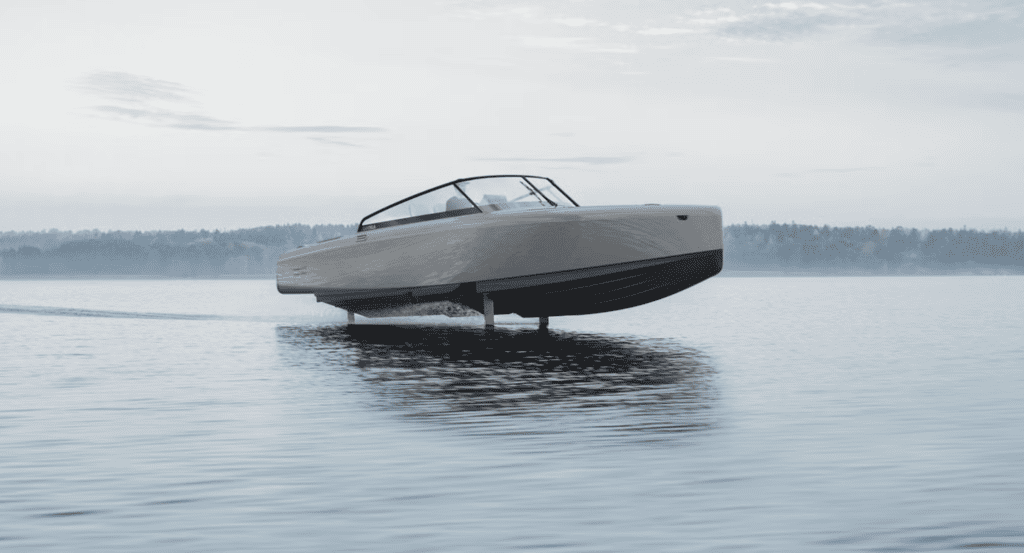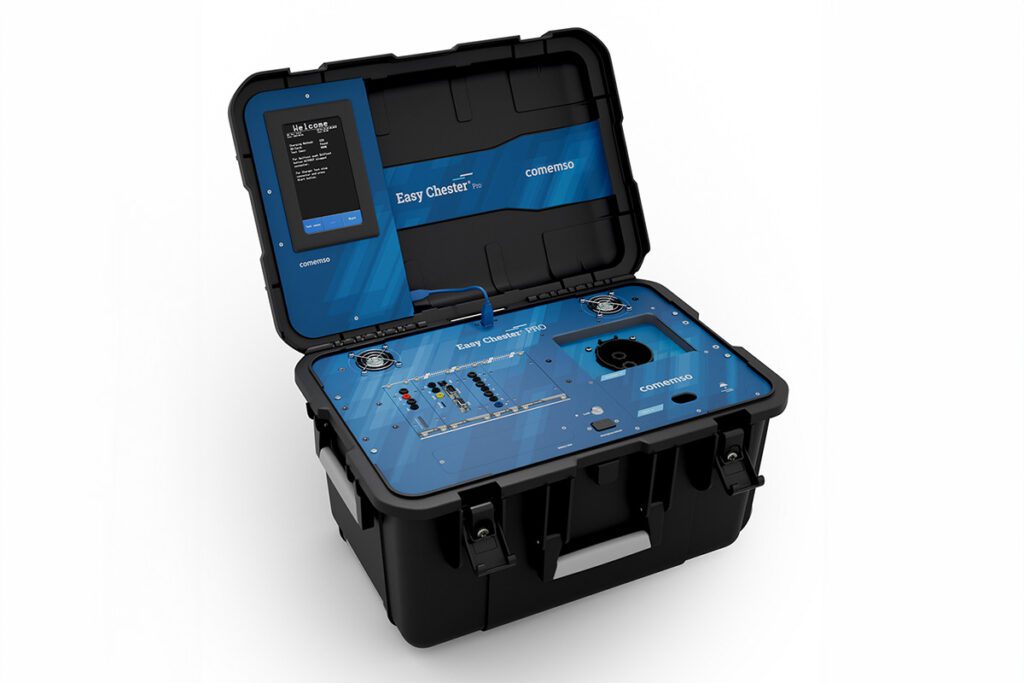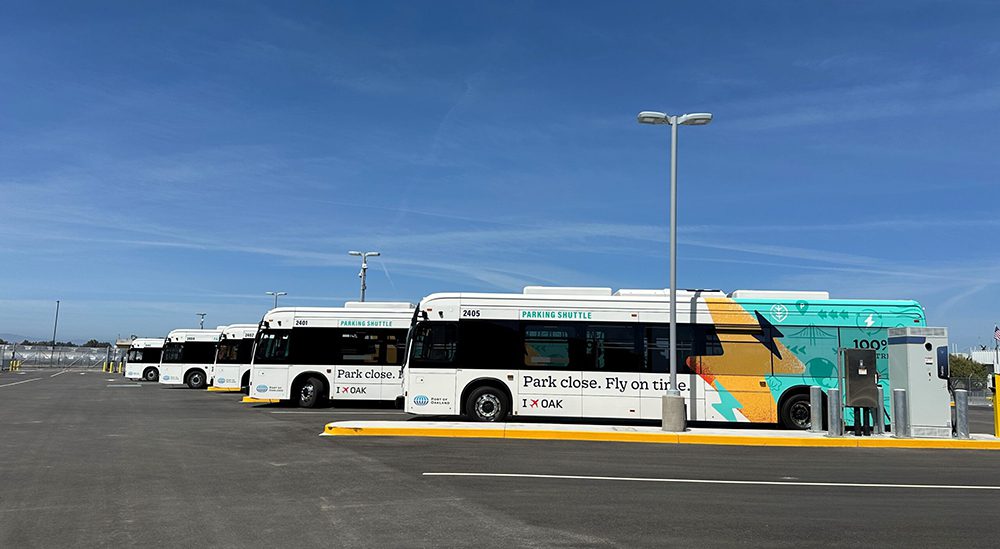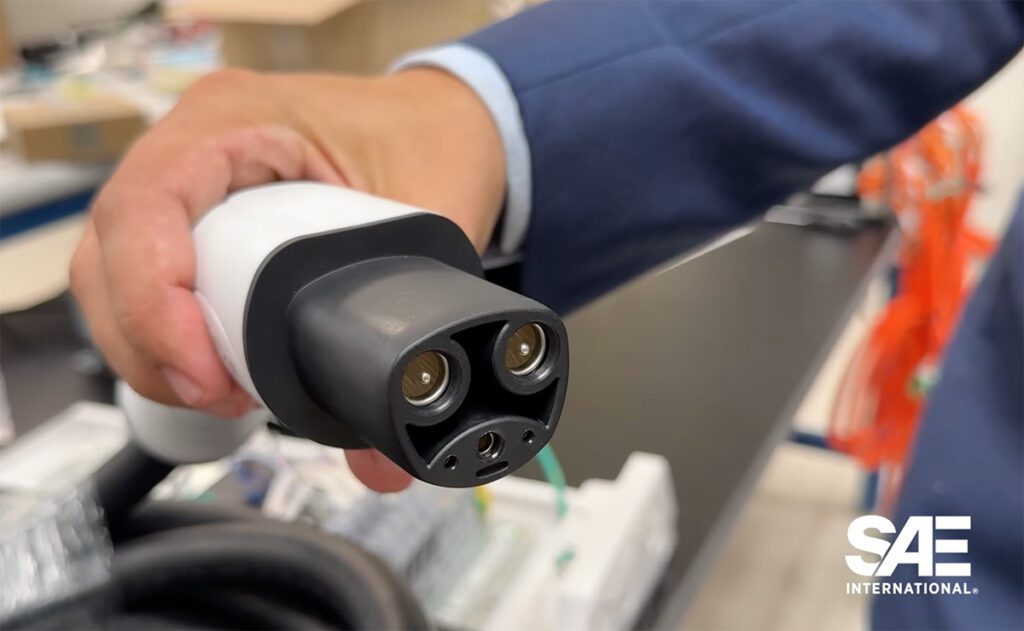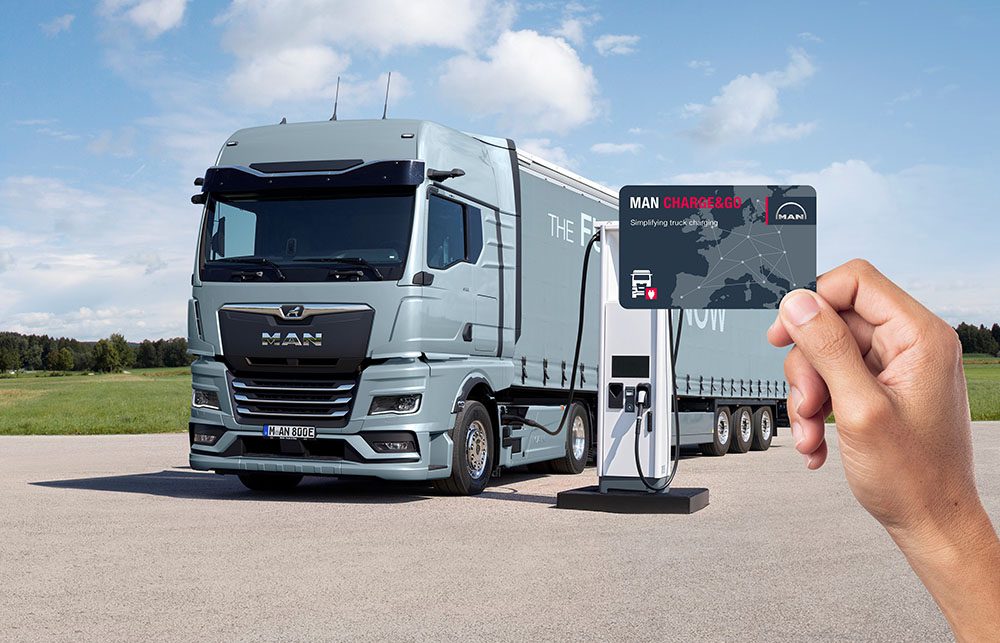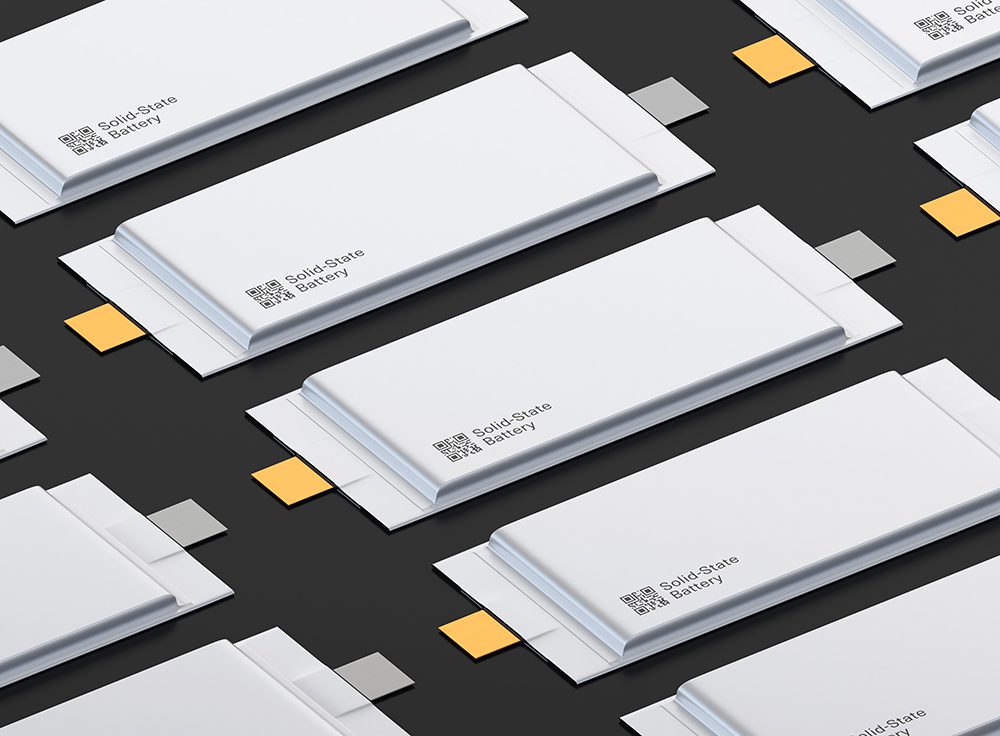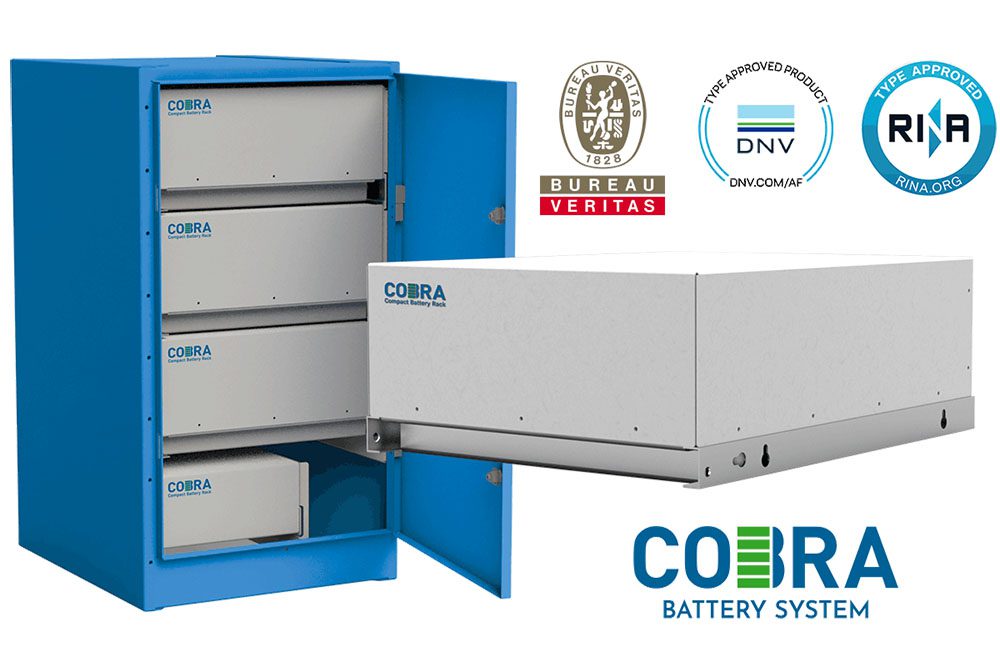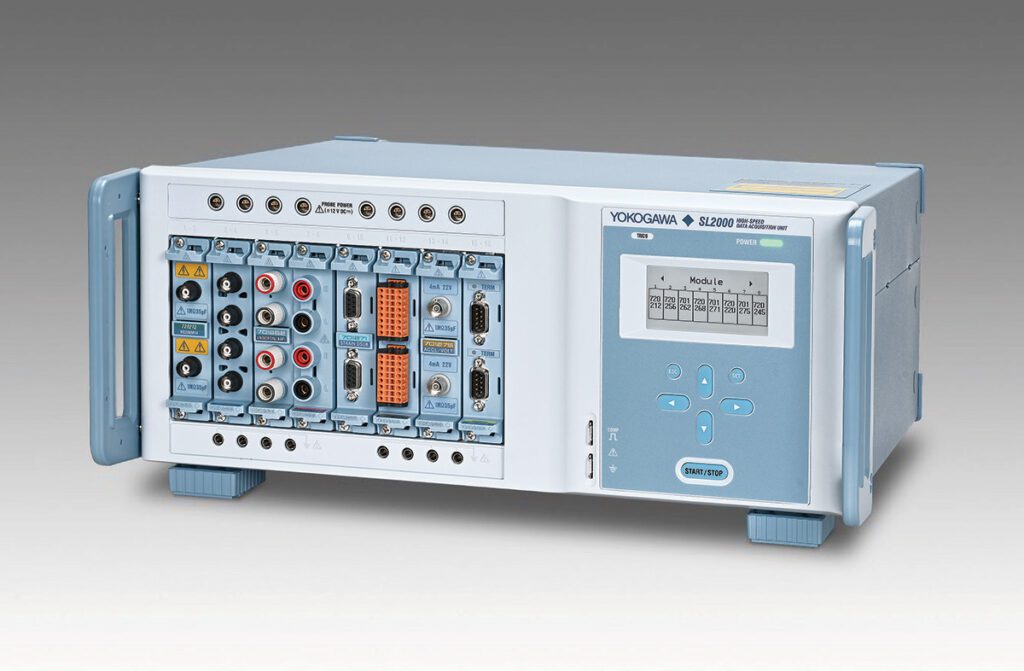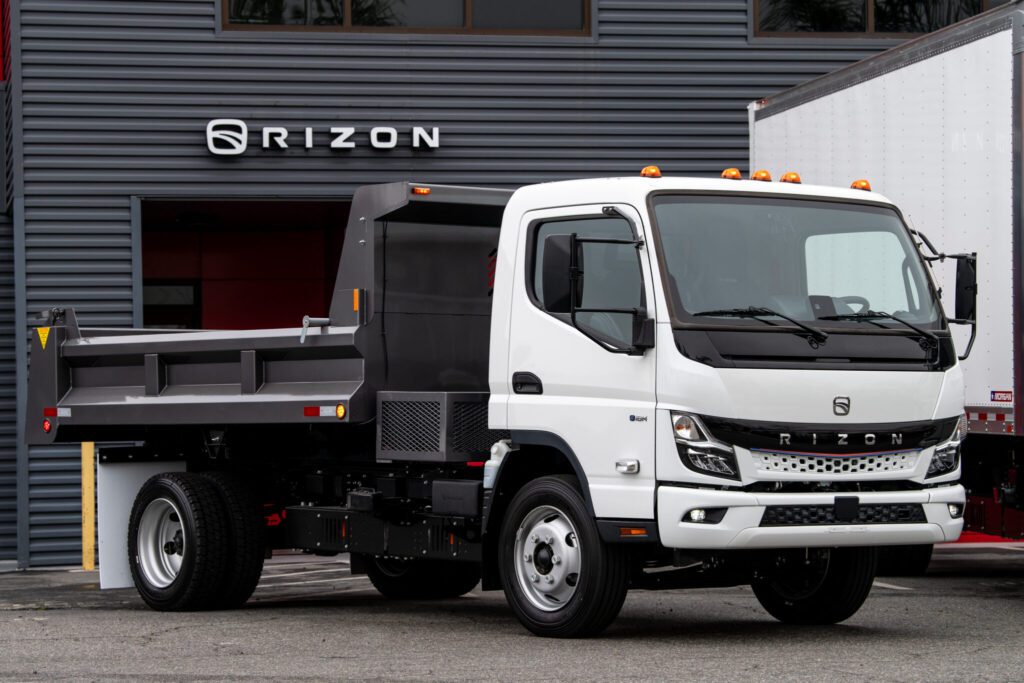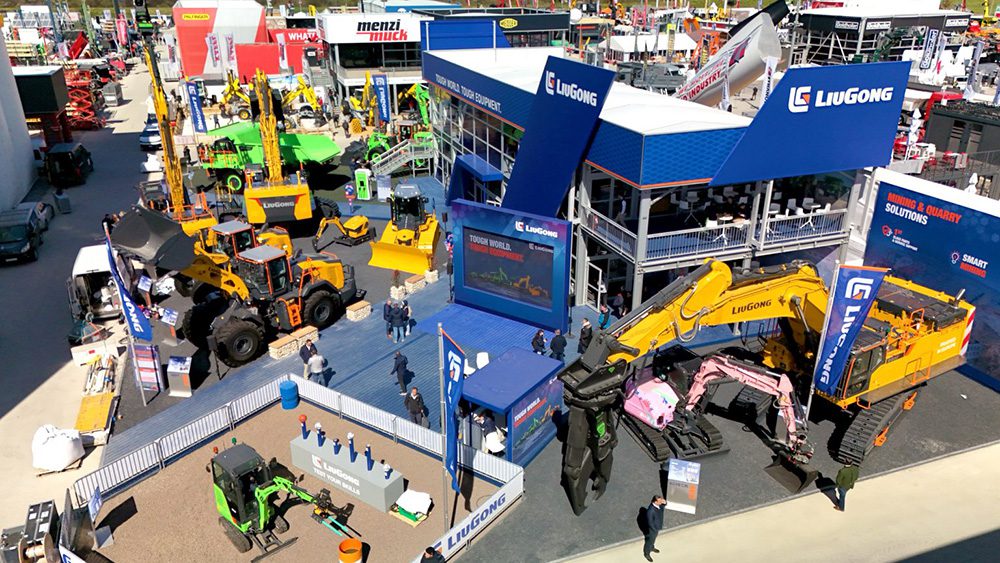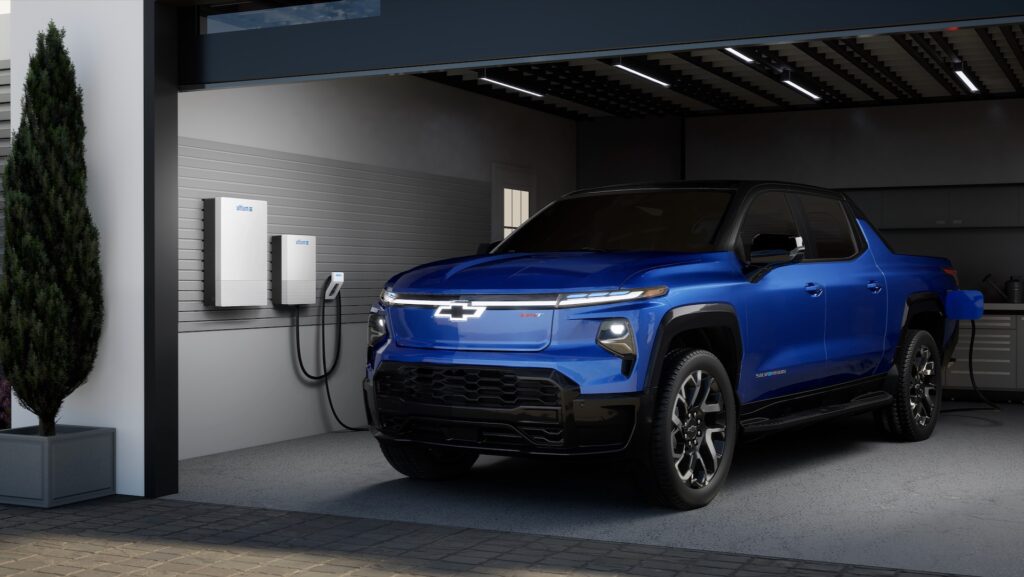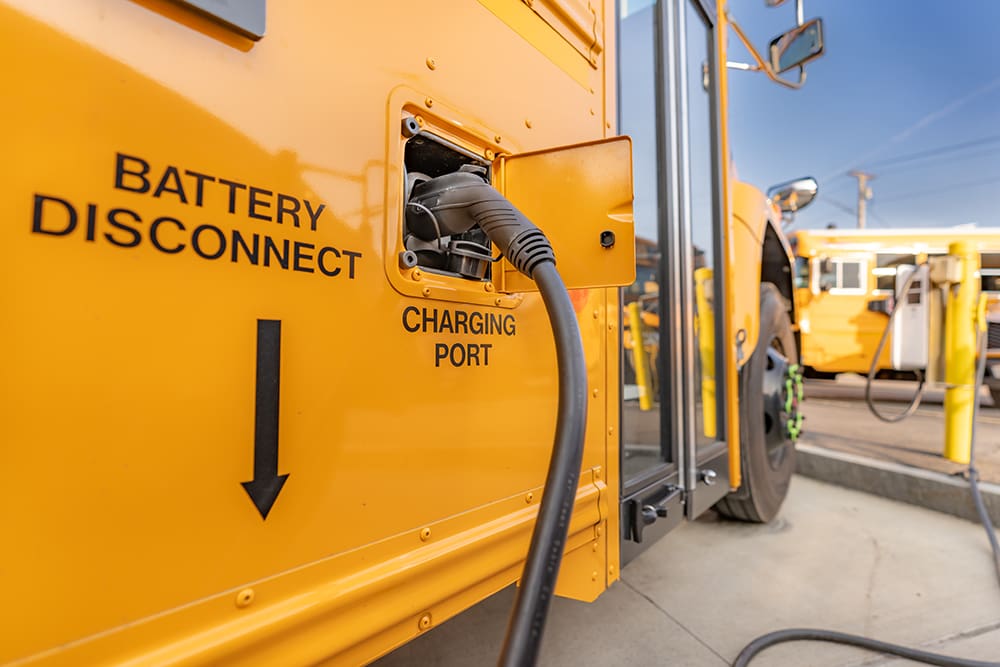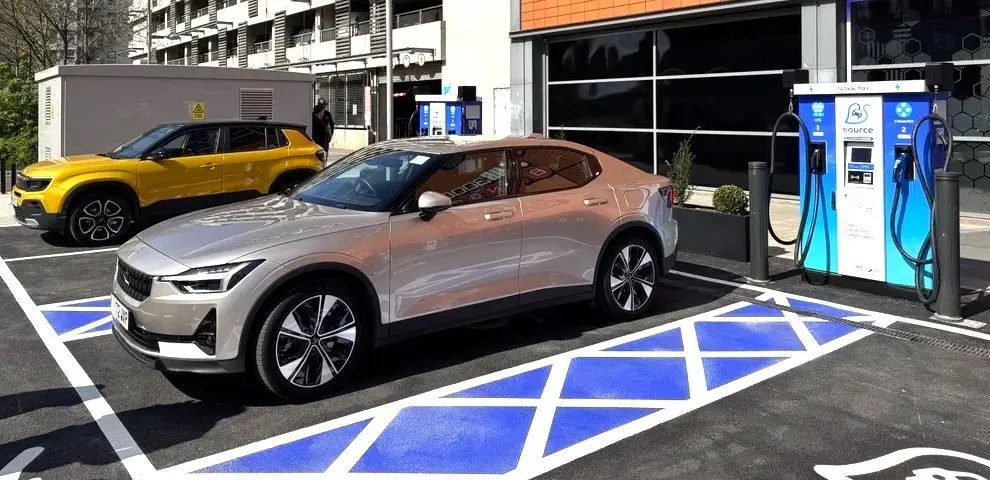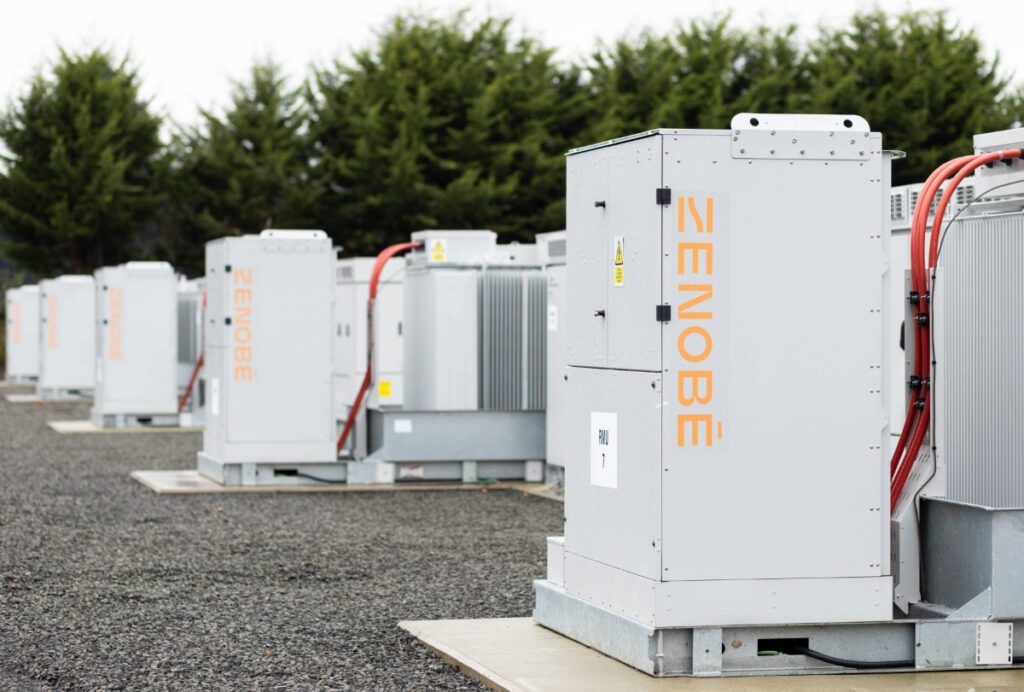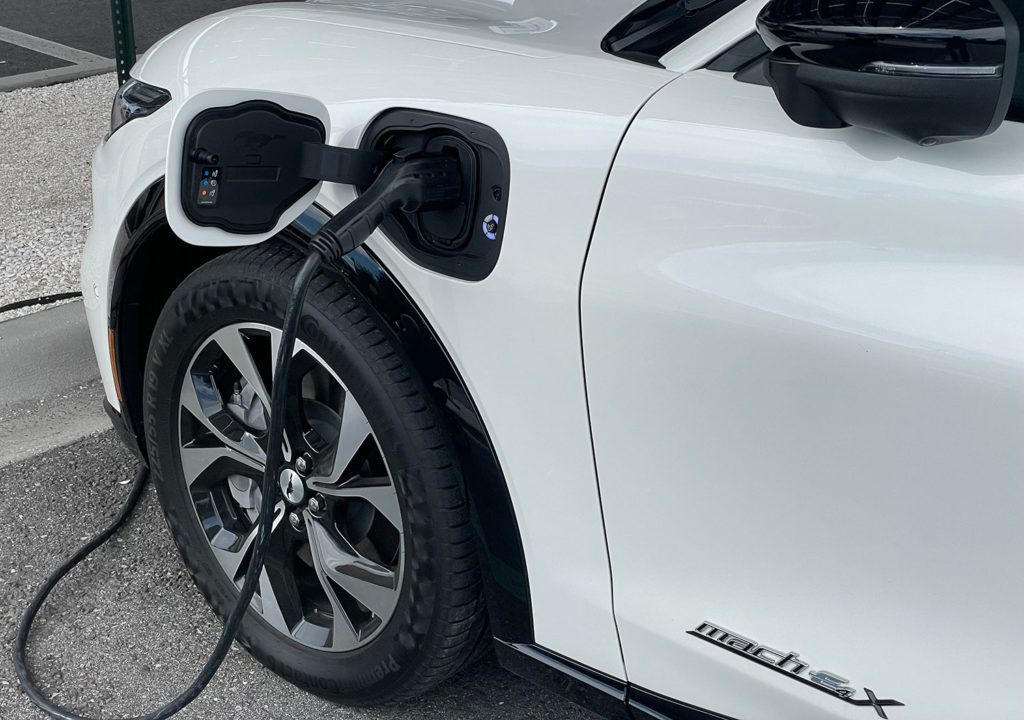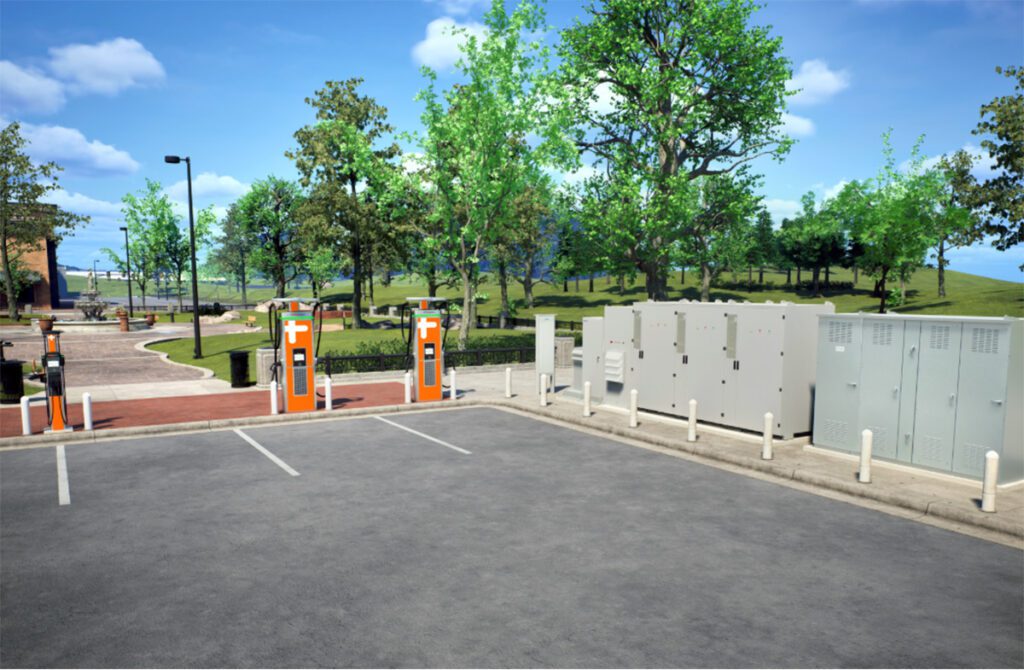The number of electric vehicles on the road is increasing, but not as quickly as many may think. Fast, efficient and accessible charging is a major barrier to the large-scale adoption of electric vehicles (EVs), particularly as it relates to longer-distance trips. The current range of today’s electric vehicles is about 200-250 miles before requiring a recharge. When it’s time to recharge, two challenges arise 1) lack of availability of charging stations and 2) long charging speeds.
Charging speeds depend on compatibility between EVs and charging points. Some charge points dole out more power than a vehicle can accept. Other charge points deliver too little power relative to how quickly the vehicle can take it on. Quicker charging in general relies on higher kilowatts (kW), which generates more heat and requires effective thermal management to achieve optimal performance.
Today, three main charging types exist with a fourth, faster option under exploration:
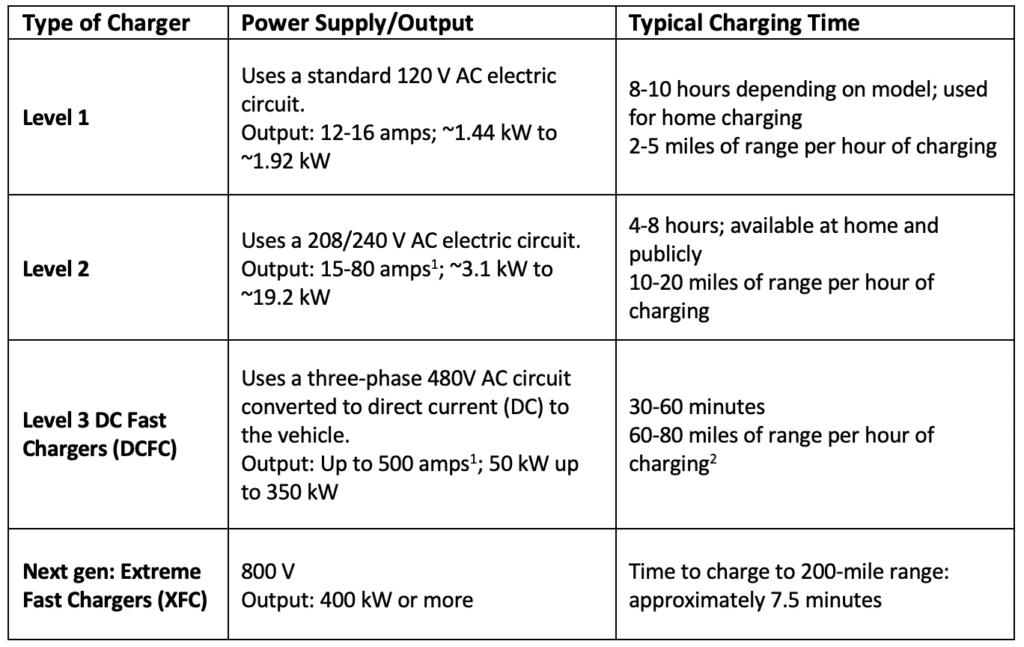
EV heat generation and liquid cooling
Higher power makes faster charging possible, but it also generates significant heat. The heat load for DCFC and XFC load requires advanced cooling techniques to promote safe and reliable operation. Extreme fast chargers, for example, can push battery pack temperatures to 270ºC/514ºF after just a few minutes of charging.3 Using a power efficiency equation, a 350kW fast charging system with a 90% charging efficiency would result in nearly 40kW of dissipated waste heat. Existing battery thermal management systems (BTMS) are equipped to handle 1-5kW, while future generations may require upwards of 25kW or more.
A 2017 U.S. Department of Energy report states that “the only feasible option [for cooling at XFC stations] would be to provide chilled water/coolant to the vehicle.” 3
Given the limitations of existing air-cooling solutions, liquid cooling is a logical next step for enabling efficient performance of onboard battery cells/packs, charging stations and other key EV components such as charging cables. All must be able to handle the heat as power increases.
LIQUID COOLING NEEDS FOR EV AND EV COMPONENTS’
- EV charging stations: Level 1 and 2 chargers use an onboard converter for managing power flow to the battery pack. Level 3 charging and beyond typically involves an external converter and an EVSE (EV Supply Equipment) control to safely and effectively manage the higher power loads. While the EVSE communications protocol between the charger and vehicle sets appropriate charging currents, Level 3 power convertors still need effective heat management, which usually comes in the form of liquid cooling.
- Vehicle battery cells/packs: For maximum life and performance, onboard vehicle batteries must be thermally regulated during both operation and charging. Low temperatures decrease a battery’s power and capacity, reducing range. Higher temperatures, on the other hand, cause accelerated degradation. Higher currents generate more heat due to internal resistances so battery cell and pack cooling is paramount. Liquid cooling methods for battery cells and packs include conductive looped cold plates or full immersion if a dielectric fluid is deployed. The stakes related to cooling are high, not only to ensure safe and effective operation, but also to avoid damage to equipment. When it comes to thermal design of batteries, a U.S. Department of Energy Office of Vehicle Technologies report stated: “…[EV] liquid flow channels are typically more complex and require an extensive number of connections leading to a higher potential for failure. If the liquid cooling system were to fail, then there is the potential that the liquid cooling could short out adjacent cells within the battery pack which could lead to thermal runaway.”4 The same report noted that liquid cooling is the preferred thermal management strategy for EV batteries due high heat capacity and thermal conductivity. So liquid cooling is critical—as is the robustness of the connectors within the cooling system.
- Charging cables: Kilowatt maximums with wiring and electrical connectors present a technical limitation as charge rates increase. A DC fast charger necessitates larger conductors. As charging speed and the associated heat increases, the cables would become bulky and cumbersome. Liquid cooled charging cables can use thinner-gauge wire and reduce cable weight by 40%5—and lighter-weight cables are easier for consumers to handle. Some technologies already offer liquid cooling that lowers the temperature in the charging cables and at the DC contacts at the vehicle’s electrical connector.
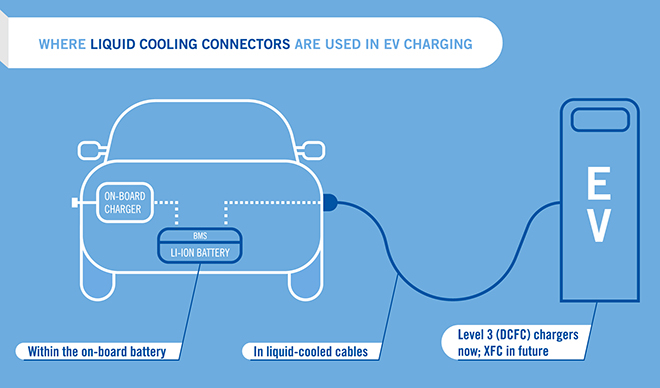
Optimizing liquid cooling—fluid connector considerations
Well-designed fluid connectors used in EV and EVSE liquid cooling will:
- Be purpose-built for liquid cooling applications, whether off-the-shelf or custom products.
- Meet or exceed fluid compatibility, flow, pressure and temperature performance needs.
- Withstand applicable environmental operating conditions— e.g., a wide range of temperatures, exposure to moisture, dirt/dust, and vibration in the case of connectors used with vehicle batteries.
- Avoid leaks—a robust seal design must tolerate installation and use pressures (side load, flexing, tensile forces) without compromising the seal thereby exposing expensive and crucial components to fluids.
- Maintain performance for long periods of connection.
- Be tested to ensure functionality and performance specific to the defined application requirements.
- Offer reliable, reproducible performance and associated validation reports.
CPC specializes exclusively in connection technology. The CPC team applies its extensive knowledge in thermal management to create durable, leak-free and purpose-built liquid cooling connectors. For more details about the kinds of connectors used in EV liquid cooling visit https://www.cpcworldwide.com/Home/Campaigns/EV-White-Paper. Or visit cpcworldwide.com/liquid-cooling or contact one of our thermal management/liquid cooling engineers at: Ask Our Engineers.
References:
- Chon S., Bhardwaj M., Nene H. Maximizing power for Level 3 EV charging stations. Retrieved at: http://www.ti.com/lit/wp/sway014/sway014.pdfIE
- California Energy Commission. (Jan. 2018). Electrical vehicle charger selection guide. Retrieved at: https://afdc.energy.gov/files/u/publication/EV_Charger_Selection_Guide_2018-01-112.pdf
- U.S. Dept. of Energy/Office of Energy Efficiency and Renewable Energy. (Oct. 2017). Enabling fast charging: A technology gap assessment. Retrieved at:https://www.energy.gov/sites/prod/files/2017/10/f38/XFC%20Technology%20Gap%20Assessment%20Report_FINAL_10202017.pdf
- Keyser M. et al. Enabling fast charging—battery thermal considerations. J. Pow Sour 367 (2017) 228-236. Retrieved at: https://www.osti.gov/servlets/purl/1408689
- Cooper L. Liquid cooling tech used in high power charging solution for EVs. Electronic Specifier. (Jan. 9, 2018). Retrieved at: https://automotive.electronicspecifier.com/power/liquid-cooling-tech-used-in-high-power-charging-solution-for-evs




